Ten years after the first curvy model graced New York Fashion Week, we explore the industry’s pressing need for change. In 2013, designer Eden Miller made history as the first plus-size designer featured on the official NYFW calendar. However, her models were upset because they weren’t recognized and weren’t selected for hair and makeup. These subtle forms of discrimination continue to exist today.
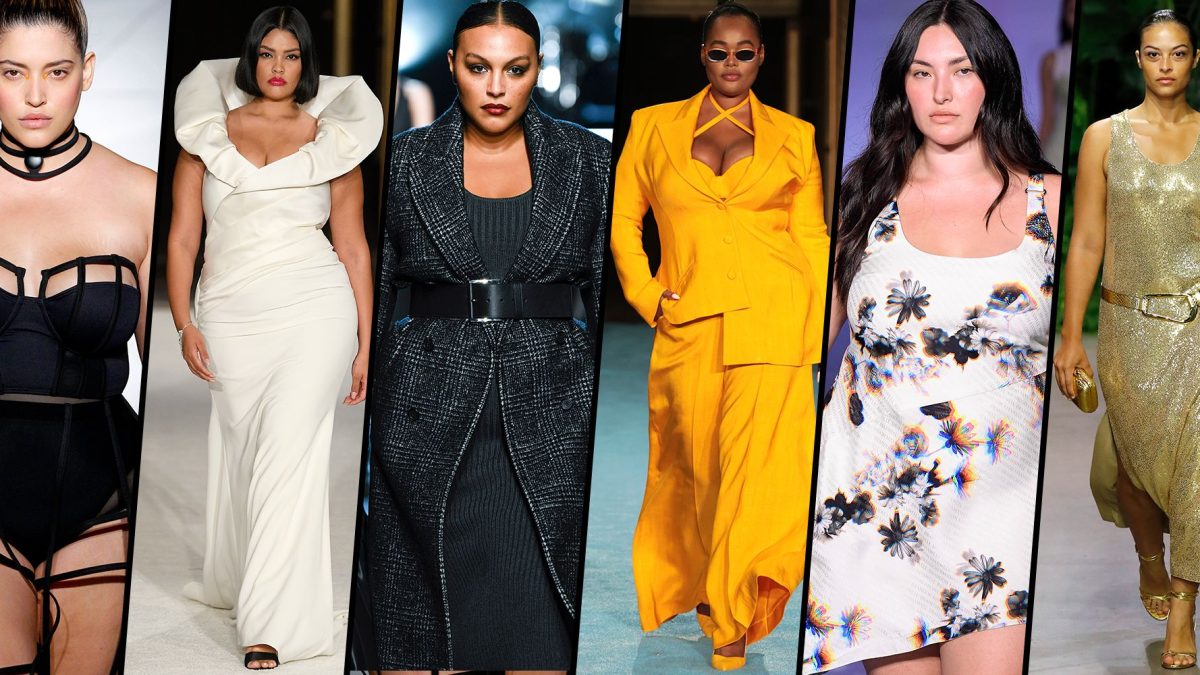
A Champion for Change
Gwendolyn DeVoe founded Full Figured Fashion Week to combat the lack of representation in plus-size fashion. Her goal was to create a judgment-free space where curvy individuals could celebrate their love for fashion.
The Road to Inclusivity
After Miller’s debut, Chromat and Zana Bayne embraced body diversity on the runway in 2015. Ashley Graham’s presence solidified in 2016, demonstrating the financial success of size inclusivity. Christian Siriano tripled his business by offering plus sizes. Addition Elle’s lingerie show normalized plus-size bodies in intimate wear.
Current Market Dynamics
Becca McCharen highlights that sizes 1X–5X now constitute a significant portion of their business. The fashion industry is still reluctant to feature plus-size bodies. Retailers must increase their commitment to creating inclusive shopping environments.
Emerging and Empowering Inclusivity
New designers like Kim Shui and BruceGlen are prioritizing size diversity, celebrating bodies and cultures. Yet, there is still a call for more inclusive participation from the fashion industry. Kellie Brown initiated the #fatatfashionweek hashtag, encouraging anyone who feels excluded to join the fashion conversation. Discrimination against larger bodies in the industry remains a critical issue.
To celebrate ten years since the plus-size community’s debut at New York Fashion Week (NYFW), ELLE.com interviewed important people from the fashion world. These individuals have played significant roles in shaping the evolving landscape of an inclusive fashion week. These leaders have been instrumental in shaping the ever-changing landscape of an inclusive fashion week. They’ve shared their insights on the essential changes that lie ahead.
Voices of Change: Industry Leaders Speak Out
Becca Thorpe, Director of Curve at Next Models

Becca Thorpe emphasizes the importance of unity among influencers, bloggers, and models. She highlights that regardless of size, everyone is pushing for inclusion in the fashion world.
Renee Cafaro, Founder and Creative Director of Renee Cafaro Atelier and RCA Public Label
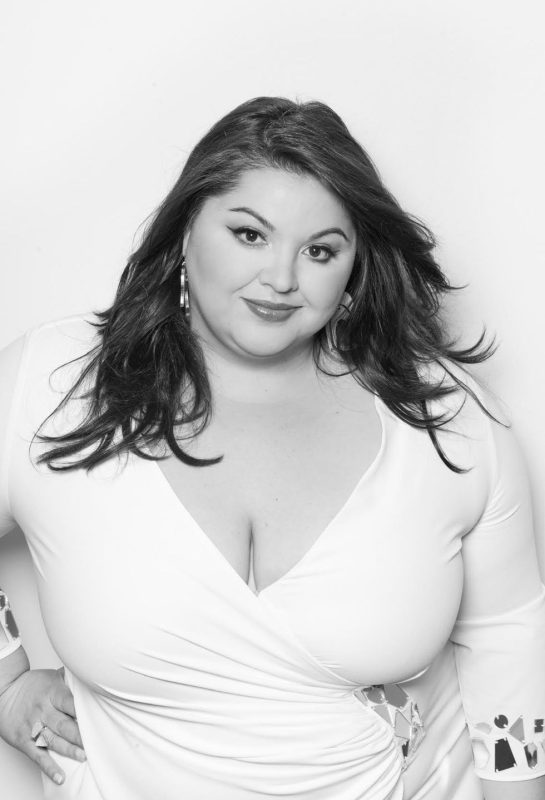
Renee Cafaro calls for broader casting choices, advocating for emerging models to receive opportunities. She stresses the need for increased representation beyond a few familiar faces.
Denise Bidot, Plus-Size Model
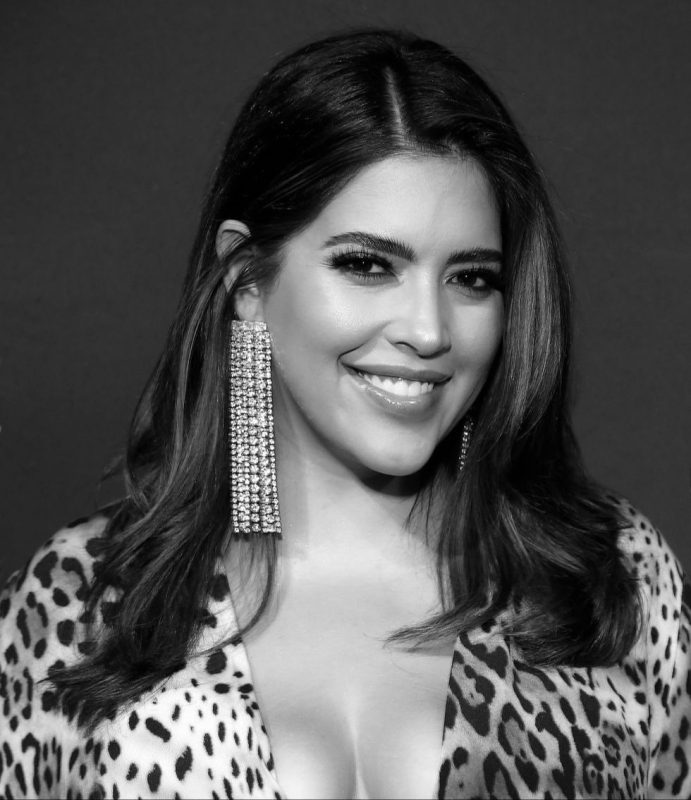
Denise Bidot credits Chromat’s September 2014 show as a turning point for curvy bodies on NYFW runways. She reflects on the significance of her moment as an opening model for Chromat.
CeCe Olisa, Co-Founder of The Curvy Con and Founder of Cocoa by CeCe
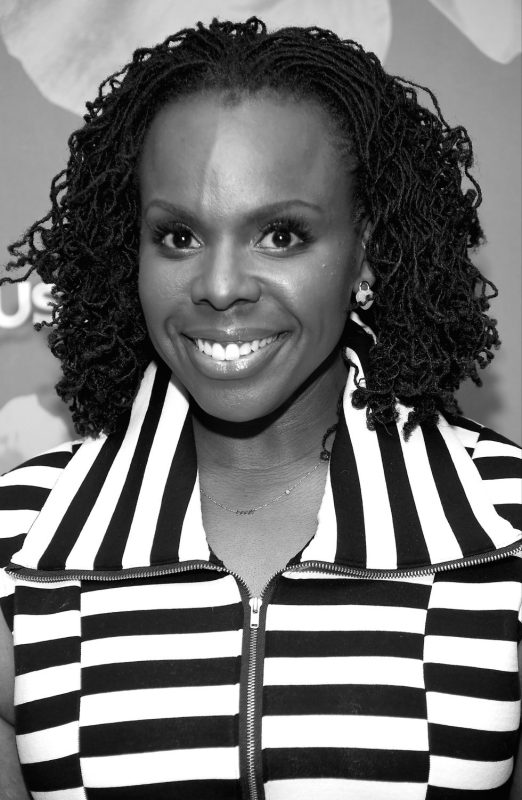
CeCe Olisa reassures plus-size individuals that the fight for inclusion isn’t over. She recognizes differing opinions on plus-size women but affirms their presence in the fashion industry.
Kimberley Gordon, Founder and Creative Director of Selkie
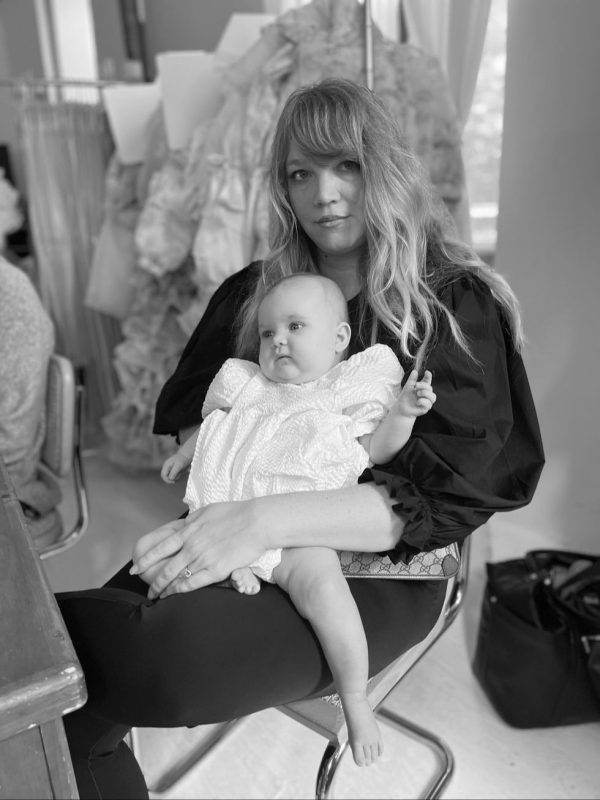
Kimberley Gordon discusses the profound impact of size-inclusive fashion, emphasizing that clothing is a form of self-expression and empowerment for individuals.
Madeline Jones, Editor-in-Chief of Plus Model Magazine
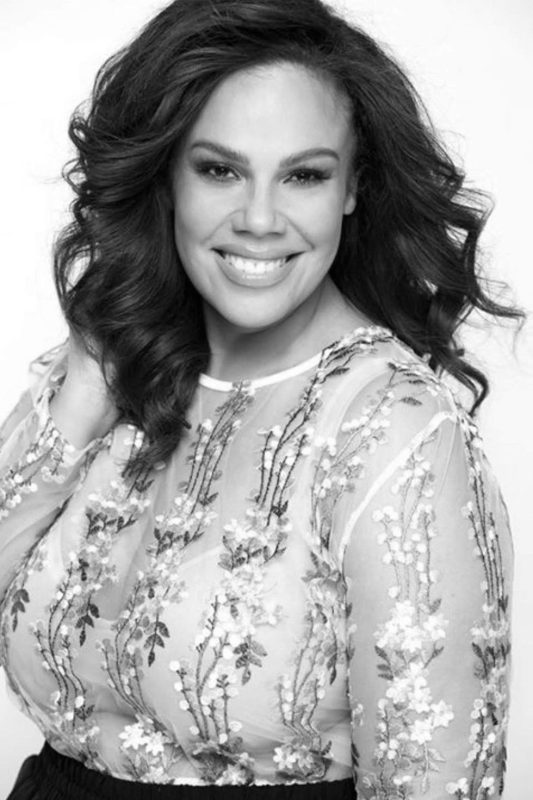
Madeline Jones shares her experience of attending an event where she expected to see more plus-size models. She underscores the importance of genuine representation.
Alissa Wilson, Editor-in-Chief of StylishCurves.com
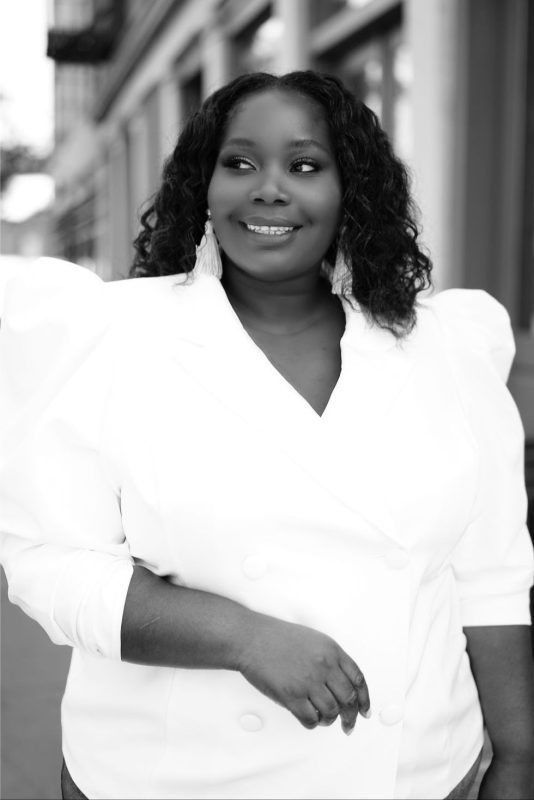
Alissa Wilson hopes to witness more plus-size designers, particularly indie designers, gaining prominence in NYFW. She calls for equal treatment of plus-size media and models.
Danielle Williams Eke, Founder and Lead Consultant for Xtnd Consulting Co.
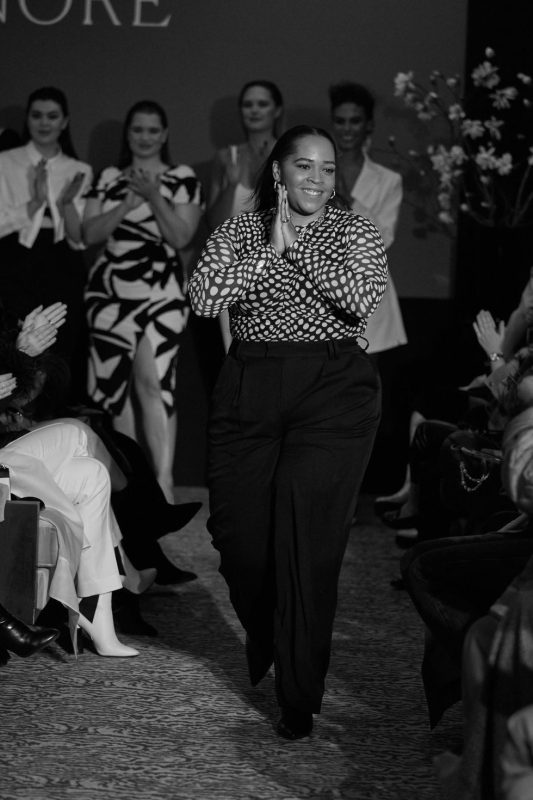
Danielle Williams recounts a backstage experience that highlighted biases based on appearance. She stresses the importance of breaking stereotypes about who belongs at NYFW.
Abrima Erwiah, Co-Founder of Studio 189 and Director of the Parsons School of Design Institute for Fashion Business
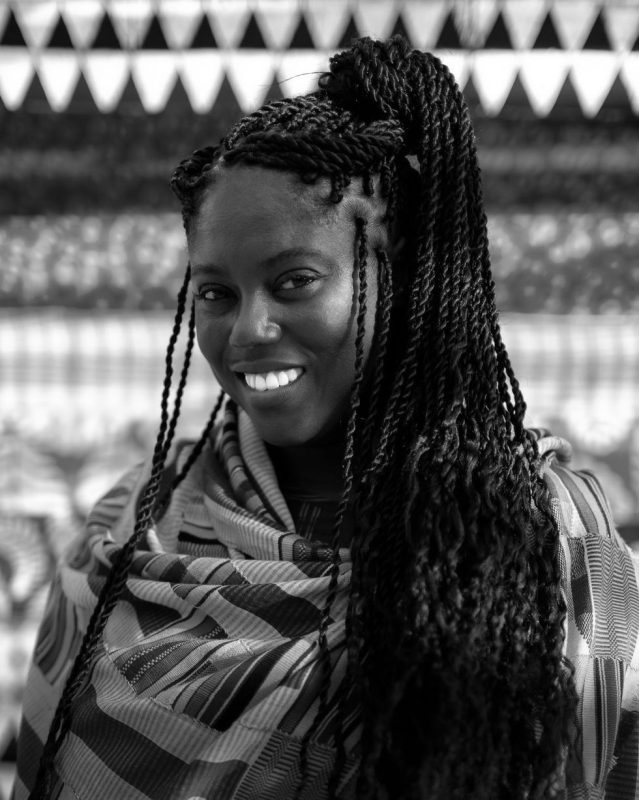
Abrima Erwiah emphasizes the importance of reaching a wide audience and questions the industry’s fixation on a single ideal.
Becca McCharen, Founder and Creative Director of Chromat
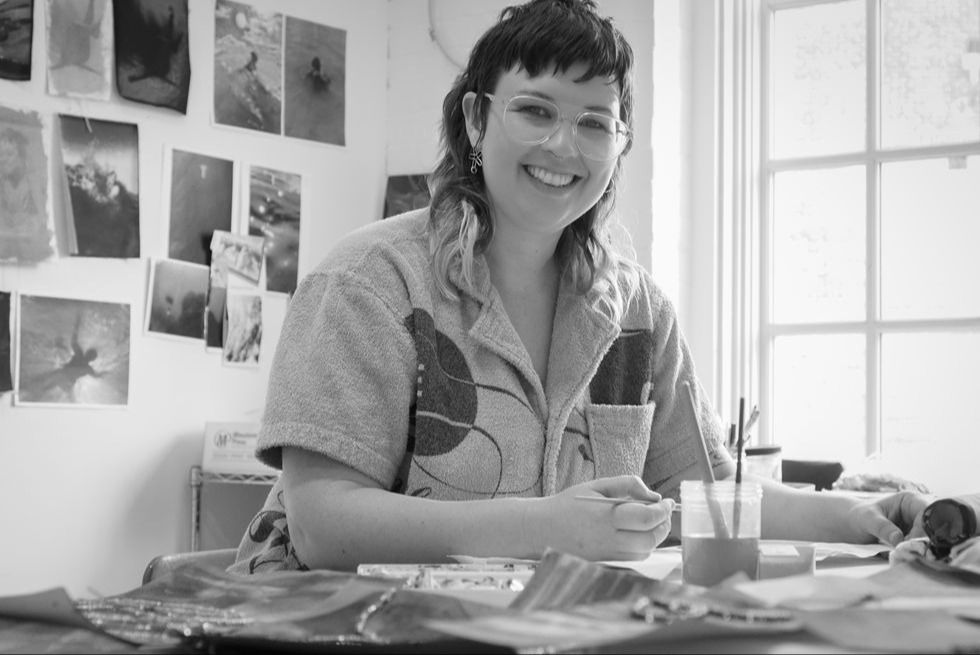
Becca McCharen shares her motivation for showcasing diverse body types on the runway, emphasizing that it reflects her community. She notes the importance of normalising such diversity for inclusivity in fashion.
The past decade has seen notable progress in plus-size representation within the fashion industry. Still, the clear and persistent message remains: unite, promote inclusivity, and eliminate bias against those with larger bodies. This will help shape a more diverse and welcoming future for the fashion sector.
Subscribe to FIB’s Weekly Breaking News Report for your weekly dose of music, fashion and pop culture news!







